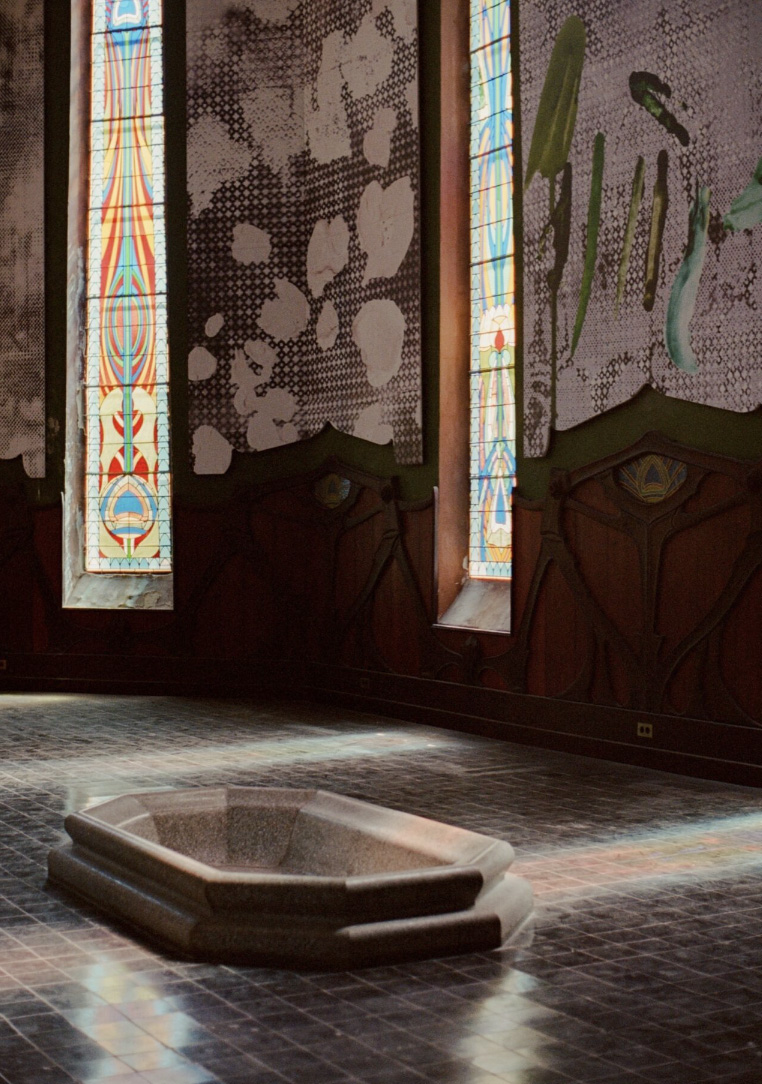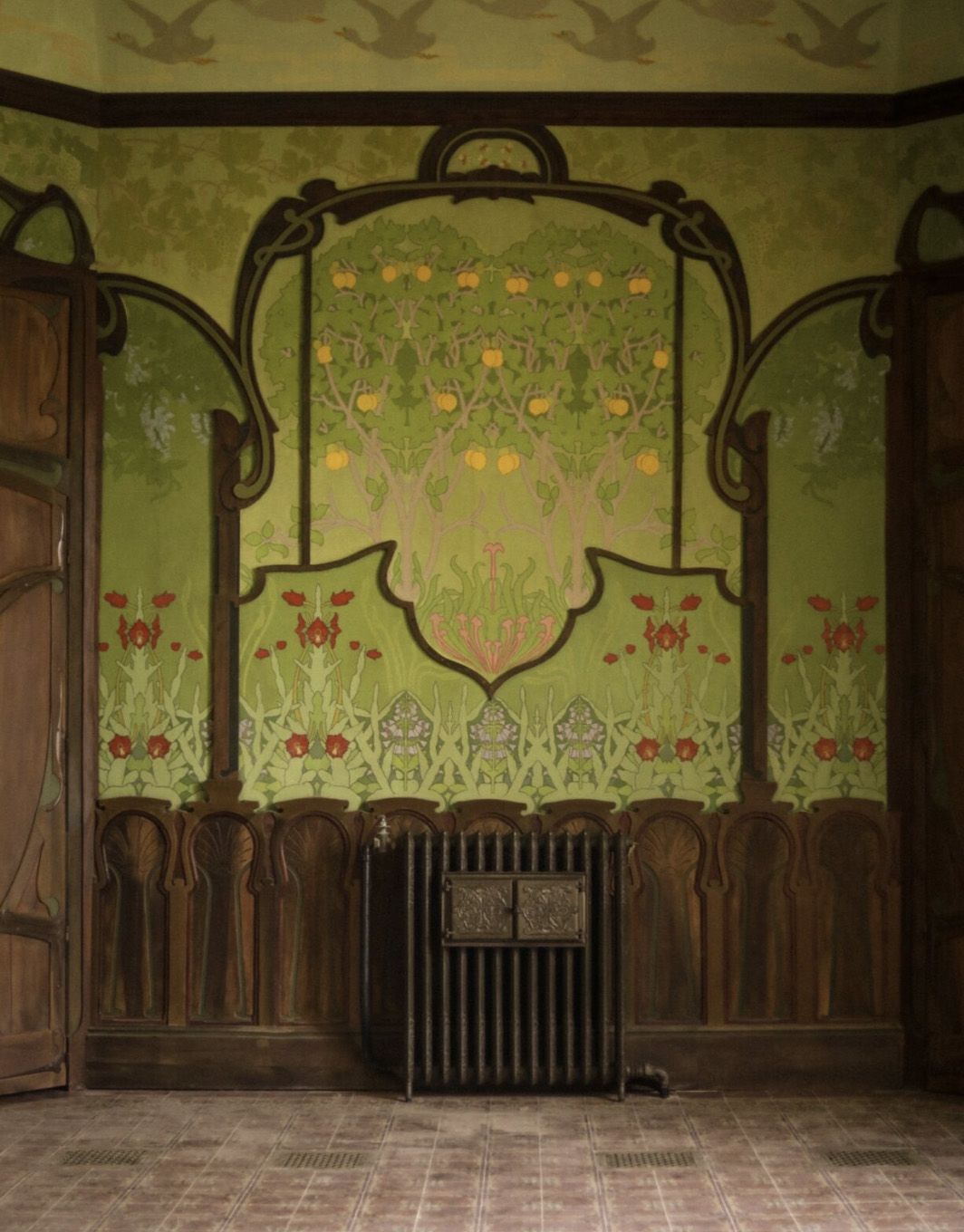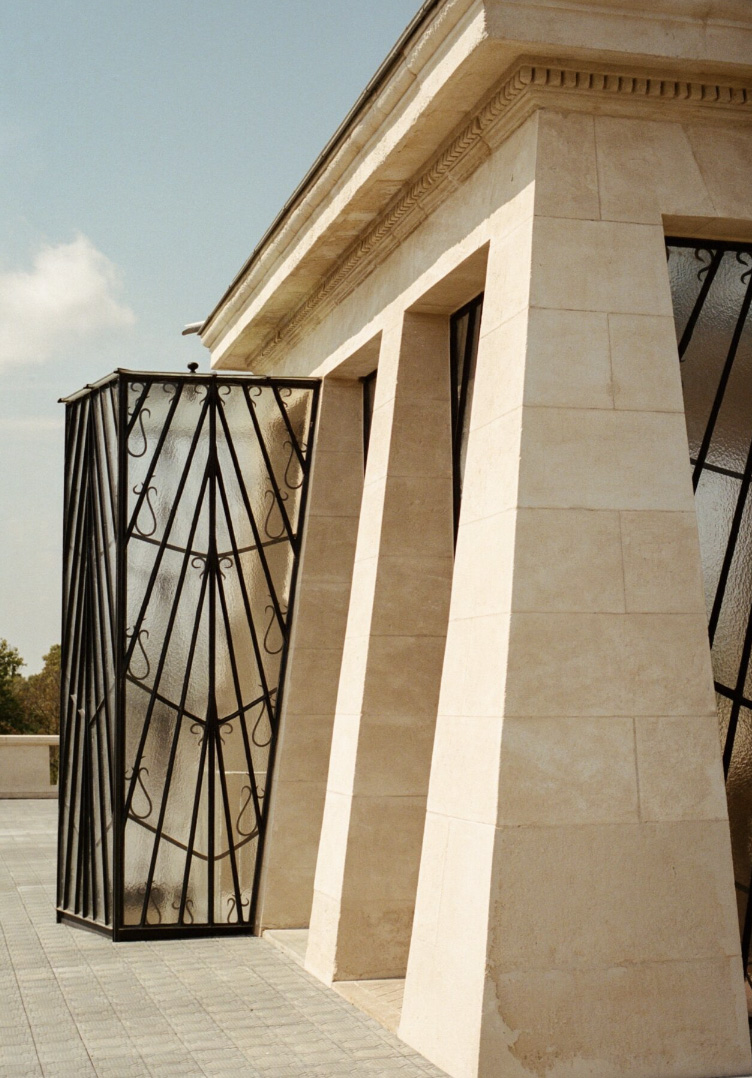
THE REBIRTH OF CHATEAU LAURENS
from milkdecoration.com
The chateau welcomed the public in June 2023. This architectural marvel from the late 19th century, a hybrid of a Palladian villa and an ancient temple, underwent several years of restoration and 15 million Euros of investment. Now, it stands as a testament to the imagination, reminiscent of a palace from the Arabian Nights, with Emmanuel Laurens as its sultan.
In 1897, Agathois-born Emmanuel Laurens, a medical student in Montpellier with a passion for music and the arts, inherited a vast fortune from a distant cousin. This newfound wealth propelled Laurens on a series of enlightening journeys, traveling from Egypt to Madagascar, and from the Maghreb to Yemen. A romantic, a poet, and a curious soul, he reveled in the thrill of exoticism, much like Pierre Loti.
The young adventurer then embarked on a series of formative journeys that took him from Egypt to Madagascar, from the Maghreb to Yemen. Romantic, poetic, and endlessly curious, he resonated with Pierre Loti’s enthusiasm for exoticism.
The death of his father brought him back to the family estate, Belle-Isle, nestled on an island between the Hérault river and the Canal du Midi. With his wealth intact, he decided to expand the family home into an astonishing eclectic architecture, skillfully combining Moorish houses with roof terraces and a 19th-century mansion. The era’s splendor and luxury are reflected through the craftsmanship of Art Nouveau.
All the know-how
In an explosion of colors, from Greece to Egypt, from symbolism to neo-classicism, Emmanuel Laurens displayed in his new home a desire to be recognized as a man both in love with an ancient culture, but also as a modern man living with the times.
The space was both his living area and a reception area, which Eugène Martial Simas decorated and created the stained glass windows for. It was here that he introduced himself to the influential figures and fashionable designers of the early 20th century. Embodying the Art Nouveau motto, “Art in everything,” every corner expressed this idea.
The stained glass windows were created by master glassmaker Théophile Laumonnerie, while Alexandre Charpentier and Félix Aubert designed the wall panel for the bathroom basin using enameled earthenware from Sarreguemines. Giandomenico Facchina, a prominent mosaicist of the 19th century known for his work on the Opéra Garnier and Printemps Haussmann, crafted the interior of the bathtub and the floors of this remarkable water feature, most of which are original. Eugène Dufour contributed to the creation of the murals, and Montpellier artist Léon Cauvy designed all the furniture. This space was a meeting ground for writers, artists, and influential figures of the time.

Grandeur and Decadence
After years of grandeur and festive gatherings, Emmanuel Laurens sold his home as a life annuity to a wealthy family from Montpellier as financial ruin loomed. He passed away in the house in 1959. After being neglected for many years, Villa Laurens was purchased by the city of Agde in 1994 and was designated a Historic Monument in 1996. The management of the property was entrusted to the Hérault-Mediterranean agglomeration.

Renaissance
Today, Villa Laurens captivates with its grandeur and exquisite painted walls, ironwork, woodwork, and extraordinary stained glass windows. However, it wasn’t always this magnificent before the Arcanes workshops team, led by Cinzia Pasquali, undertook the restoration. Pasquali, globally recognized for her expertise in painting conservation, had even contributed to the restoration of the Hall of Mirrors at the Palace of Versailles.
The 19th-century decorative architecture didn’t attract much attention from restorers, which intrigued Cinzia to accept this challenge. Collaboratively, alongside the Interdisciplinary Center for Conservation and Restoration of Marseille Heritage (CICRP), the General Inspectorate of Historic Monuments, and the Directorate of Cultural Affairs (Drac), determined the best restoration approach for Villa Laurens.
The goal was to maintain an artistic balance between the existing elements and modern interventions, rediscover the decorative gesture, and work with respect for historical reality. The repetition of motifs enriched and brightened the decor, as the restorers aimed for an identical restitution. After cleaning and consolidating the decor, the art restorers recolored the existing parts and completed the missing ones. They then installed the gold leaf, abundant in Villa Laurens, which produced extraordinary light effects that bring the building to life, regardless of the sun’s position.
Today, the process of carefully replacing all the original furniture at the Jules-Baudou museum in Agatha has been done, and the redevelopment of the park and surrounding natural spaces has also been finished. The entire project was completed in June 2023.


